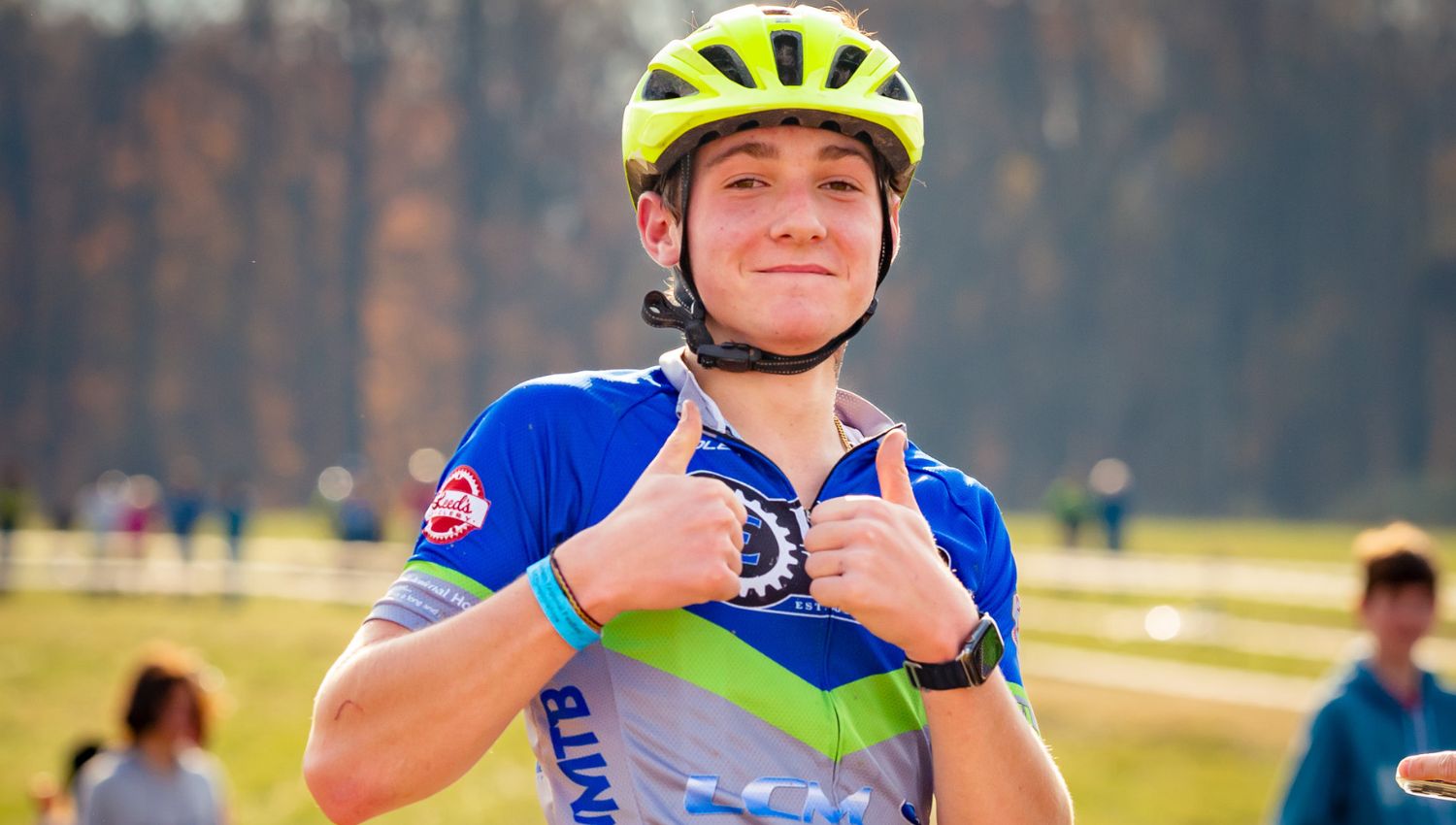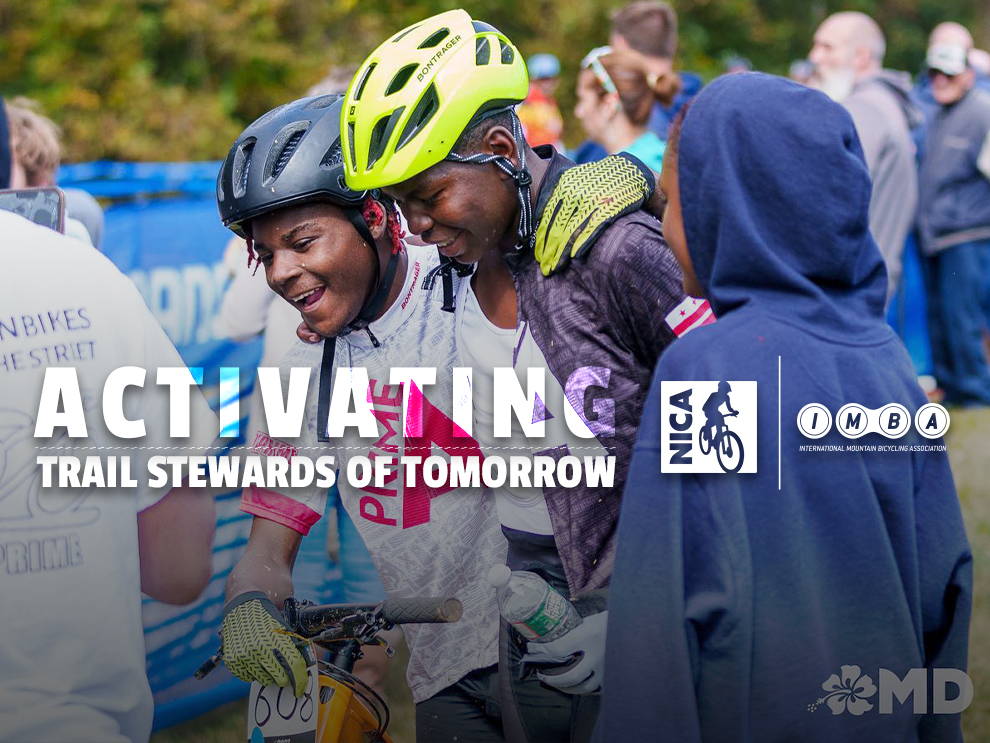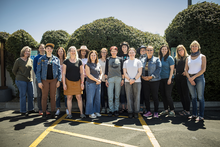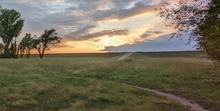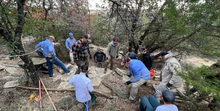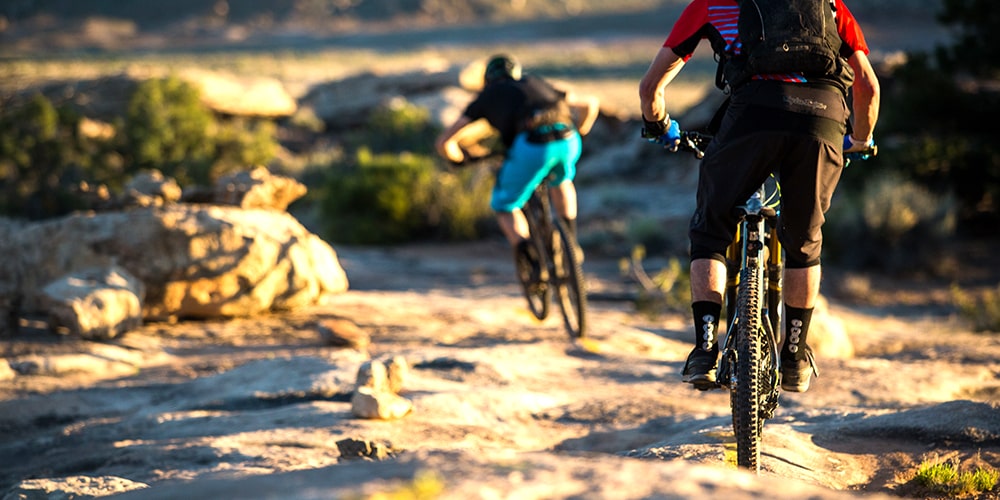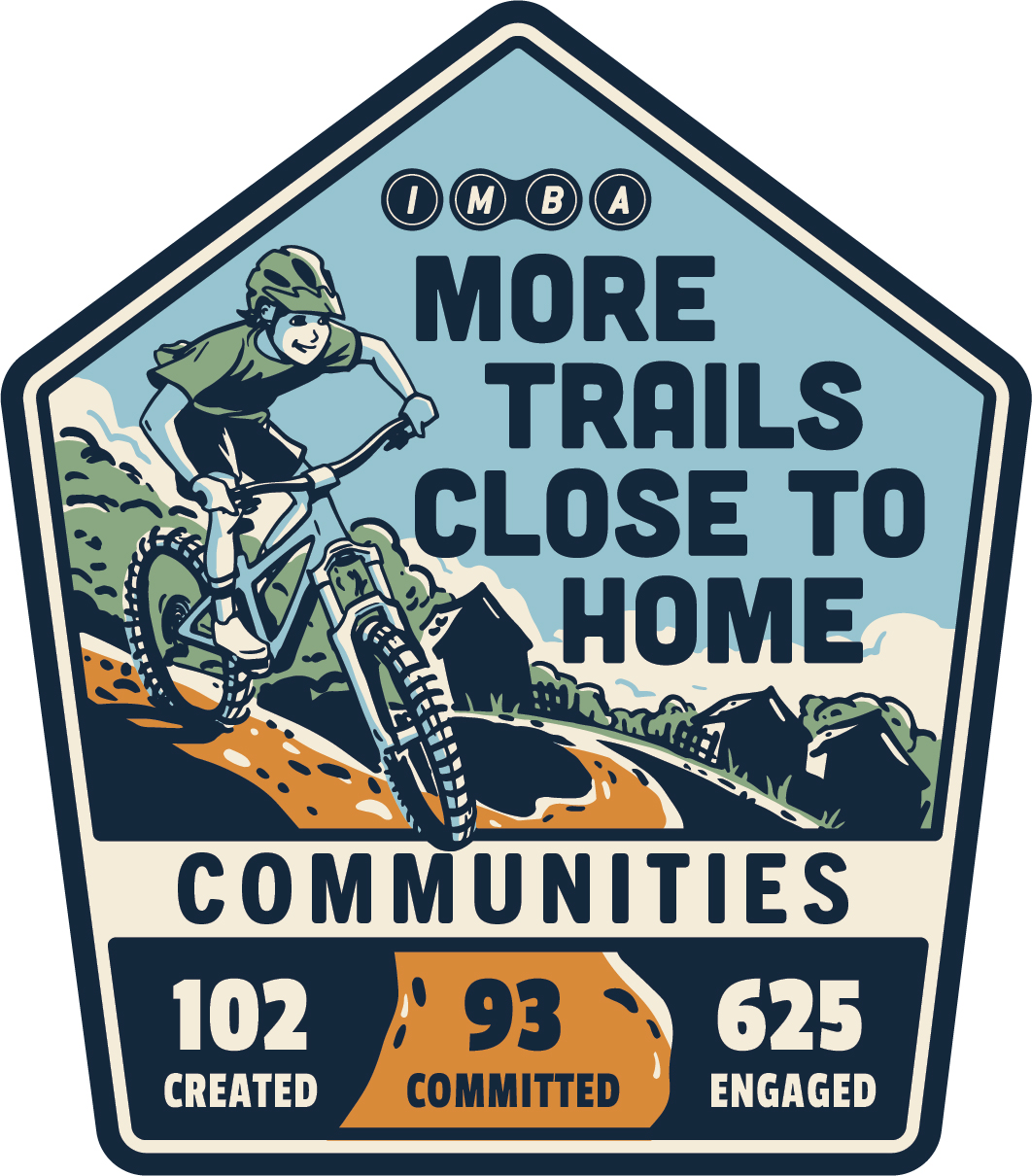Celebrating Women’s Mountain Biking Day 2025
If you ask a professional mountain bike advocate anywhere in the country how they got started leading their team or organization’s advocacy efforts, you’ll likely find that in addition to threats to riding in their communities, the other most impactful situation that inspires advocacy action is opportunity. Mountain bike advocates and advocacy groups that are proactive and committed, consistently lead change, guide conversations, and ensure that mountain bikers have a place at the table in their communities.
Advocacy Starts With Strategy: Offense Versus Defense
Offense and defense are words we normally associate with ball sports. Sometimes, they carry an aggressive or negative connotation. For a moment, let’s infuse them with the peace we find riding singletrack through the woods, and then let’s apply them to mountain bike advocacy.
Defense = Reactive: Protect & Prevent
Last time, we talked about responding to threats to existing trails or trail access for mountain bikers with advocacy strategies. Responses are reactive and defensive in nature: something (usually outside of our control) happens that threatens something we have or love, and that spurs reaction, usually in the form of defense, to protect that thing or place. Totally natural! It’s human nature to respond in defense to protect the places and access we care about.
Offense = Proactive: Increase, Augment, & Innovate
Mountain bike advocates can also strategize proactively. Offensive or proactive advocacy strategies require that mountain bikers actively 1) know about and 2) take action by engaging with other stakeholders to bring issues of trail access, new trail potential, and future needs of outdoor recreation communities to the attention of decision makers. Proactive advocacy requires that mountain bikers stay connected and in-the-know on:
- the past, present, and future of their trail systems
- the people that are using trails, along with their needs and desires
- where mountain bike accessible trails fit into the greater plans for outdoor recreation and trails in the area, region, state, and even nation.
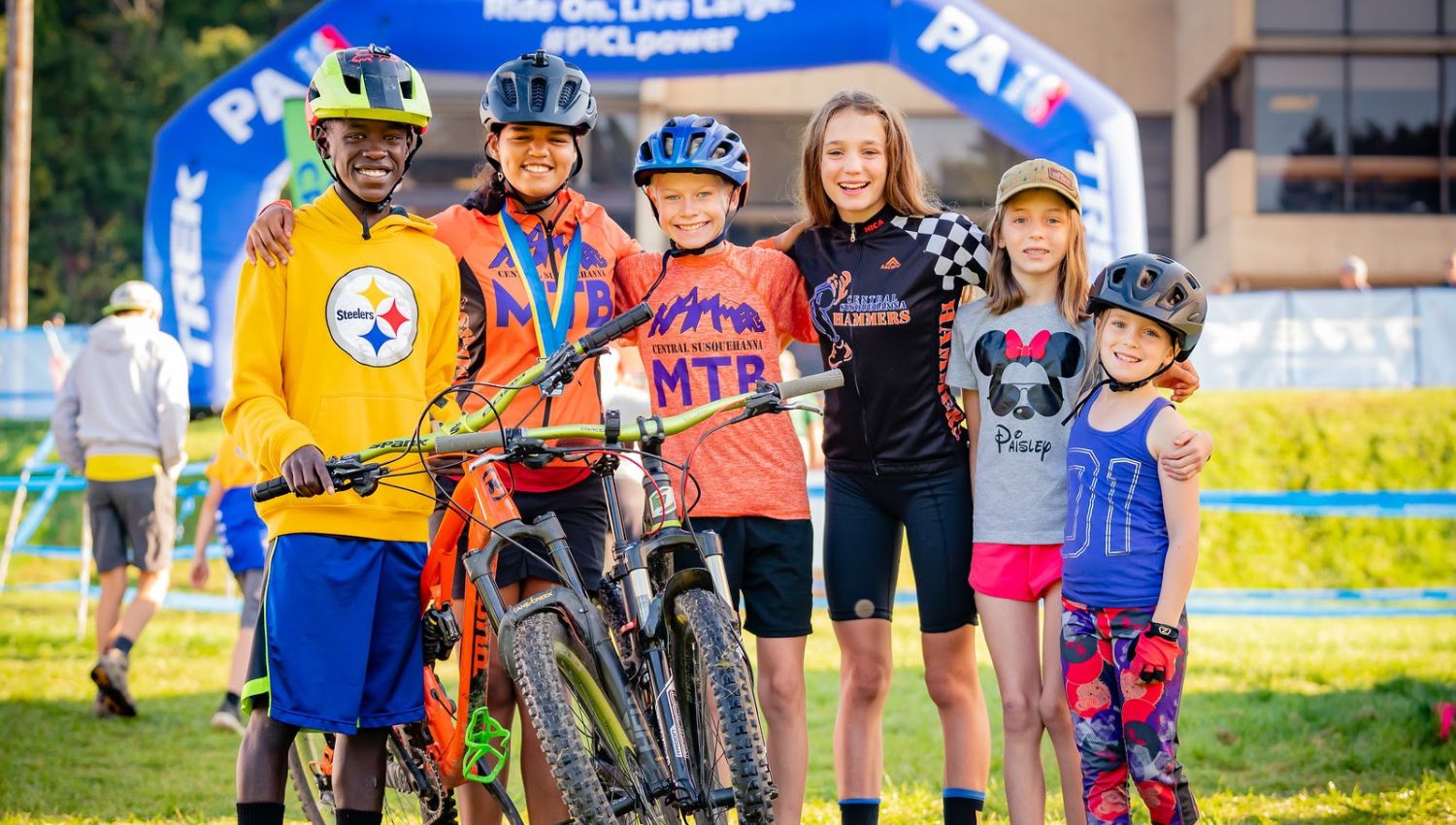
Strategy: Proactive Approaches
Connections
Advocates who proactively stay connected with local, regional, and state policy makers and leaders have a better chance of getting out in front of an issue that matters to mountain bikers before any threat to access or opportunity occurs.
Pro Tip: Make and nurture your connections with land managers, local leaders, and local, regional and state policy- and lawmakers early and often. Consistent, human-centered communication is key to building strong relationships.
Data & Storytelling
Advocates who know the history, utilization trends, and future-plans for trails and trail systems can more confidently and effectively contribute to trails and even community-wide planning.
Pro Tip: Telling the story of how young people use community assets is a powerful tool. Document and share your team’s demographics and use trends on your trail systems. How many kids and adults ride? How often? What trails are the favorite for training, skills, and play? If you have this type of information readily available, you can share it with leaders and decision makers to illustrate your story!
Maps and Plans
Recreation Master Plans go by many names, and are developed by cities, regions, and states. This one is called the “Parks, Recreation, Open Space, and Trails Master Plan” for the city of Salida, Colorado (where the blog writer lives). Here is one called the “Comprehensive Parks, Open Space, and Recreation System Plan” for the city of Winona, Minnesota. New York City has a host of recreation, conservation, and historic preservation master plans, organized by borough and goal. The Statewide Comprehensive Outdoor Recreation Plan (or SCORP) is one of the most powerful of these tools, designed for recreation and conservation planning across entire states. Check out the SCORP for Louisiana, and research the one in your state.
Mountain bike advocates should both know what type of information is included in these plans, and how to get involved with the Recreation Master Plan and SCORP planning processes.
Pro Tip: Planning processes for SCORPS and city wide Recreation Master Plans require input from community members, and happen on a regular basis. Google your city’s Recreation Master Plan, and add the planning timeline to your team’s calendar. Reach out to get involved when planning and community input gathering begins!
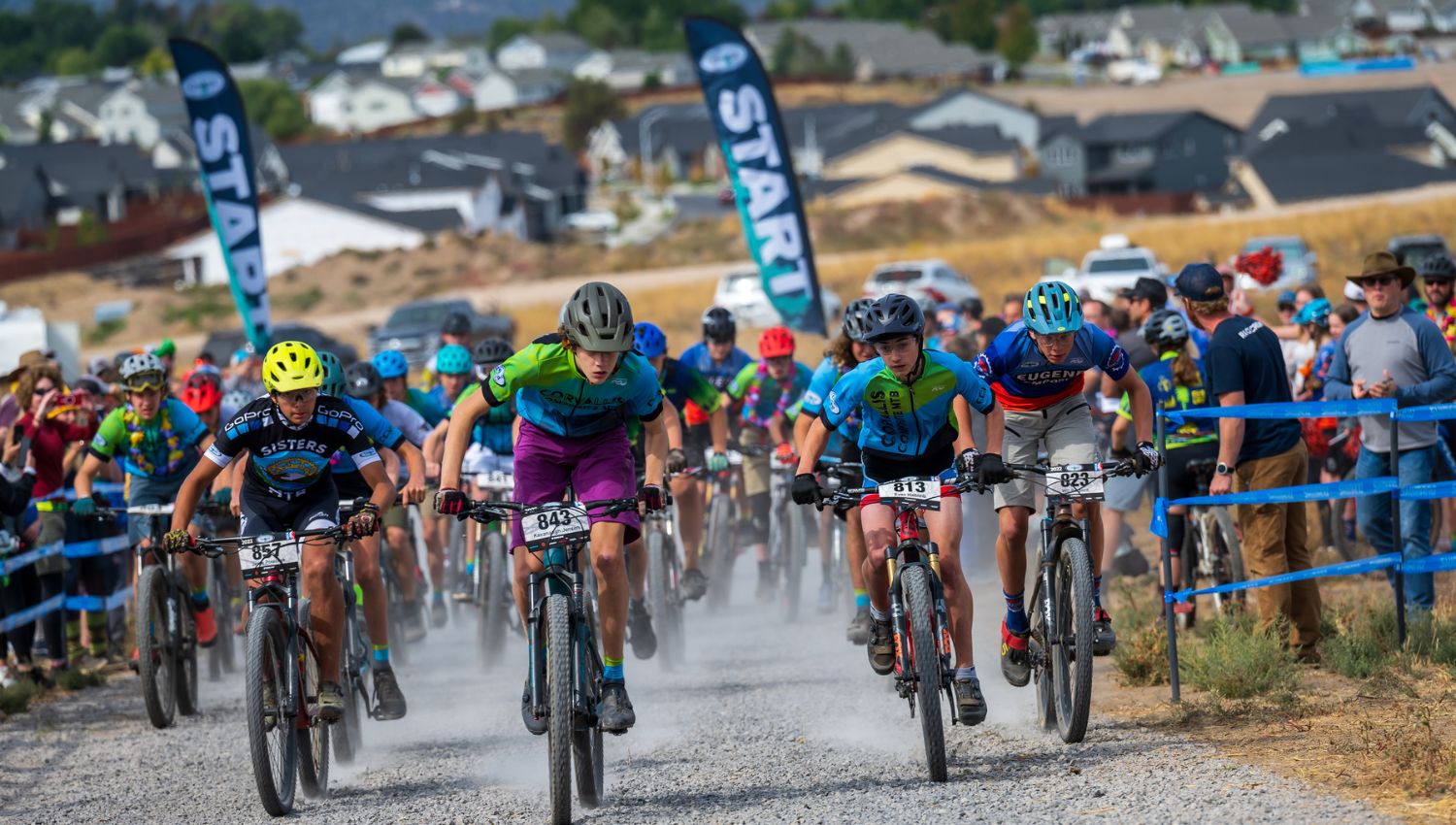
What Sorts of Issues Can Youth Advocates Be Proactive About?
When mountain bike advocates know the history, the use-trends, and the future needs of trail systems, the sky's the limit for mountain bike advocacy! Maybe improving accessibility of trails for youth and underserved populations in a community can be explored. Your team might use existing data and trends to innovate new solutions that could include new trails in an existing system, like connector trails to reduce congestion at popular trail heads. You might advocate for more sustainable trails that protect a beloved creature endemic to your area. Proactive advocacy can include asking for more equitable access to existing mountain bike trails for people who use adaptive equipment and even safer access for young people from their schools and homes to the trail systems they like to ride. Once you’ve got a handle on your trail assets, the people that use them, and the plans that shape their future, the world is your advocacy oyster!
Next Up: Real Life Youth Advocates
In our next blog, we’ll feature the stories of three mountain biking youth advocates. We’ll learn about how they got into mountain biking, how they identified a community issue that was important to them, and what steps they took to uplift their voice and the voices of their peers through mountain bike and trails advocacy. If you are a young person with a passion for mountain biking and a story to share, please reach out to IMBA’s Communication & Advocacy Specialist ([email protected]) and be a part of our next blog!
